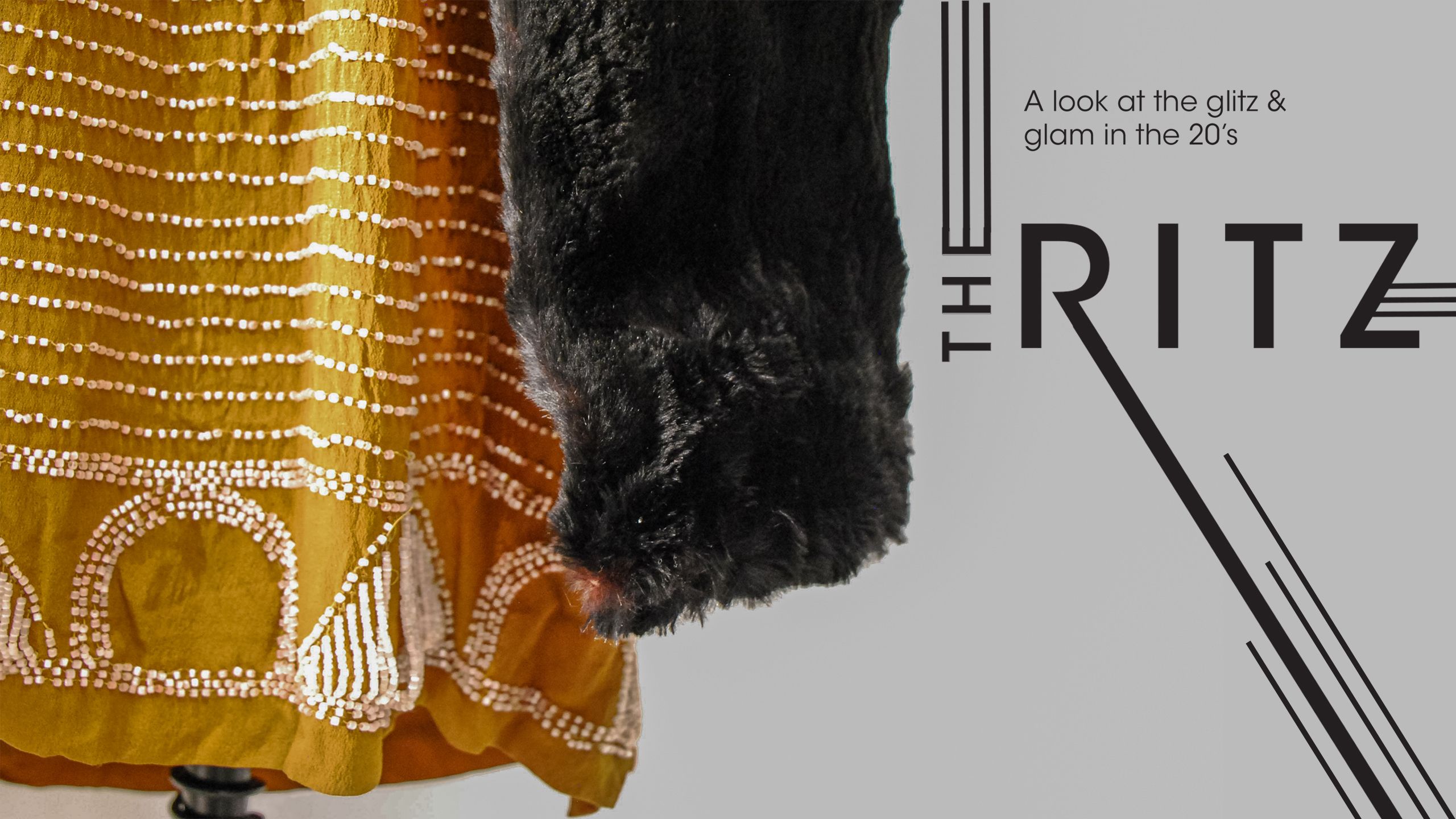
Written by: Haeven Gibbons
Photography by: Mckenna Weil
The twenties: think fur coats, sequins and fringe. It was the decade post-WWI when the first big women’s movement began, and the clothing reflected this social movement.
“Women in the twenties is definitely a transformative time,” said Adriana Solis, a senior fashion merchandising major at TCU. "The flappers that came out of the twenties were seen by some as the first independent American women to come out of American culture."
Solis added that the flappers helped in shifting cultural norms for women by focusing on themselves and their independence. They began to pull away from the caregiver role and sought a more adventurous lifestyle.
“They didn’t care to fit this ideal, perfect role,” Solis said.
Solis, along with her partner Kimberly Olmos, a senior fashion merchandising major at TCU, have been researching women in the ‘20s as a part of a TCU special problems course for fashion merchandising majors. They used what they learned about women in the ‘20s to set up a mini exhibit using original clothes from the era.
TCU has a collection of clothes that range from the ‘20s to the ‘90s. The department of fashion merchandising at TCU has been collecting the clothes since the ‘80s. Professor Stephanie Bailey, who teaches Solis and Olmos’s special problems class, said she is hoping to take the collection to the next level by acquiring more specific items that are iconic to the various time periods. The clothes are kept in a temperature and humidity-controlled space for preservation.
A Staple to '20s Fashion: fur coats
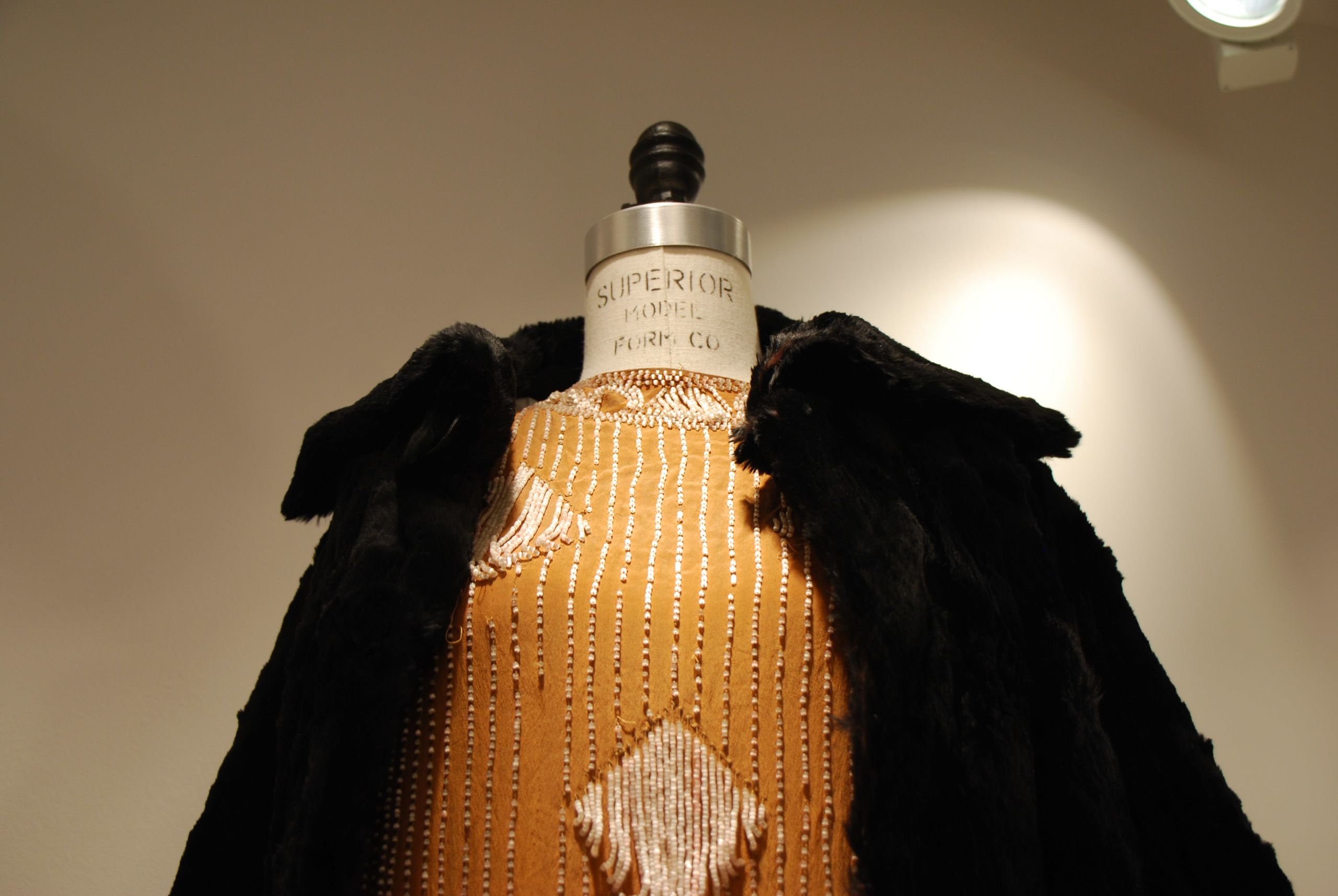
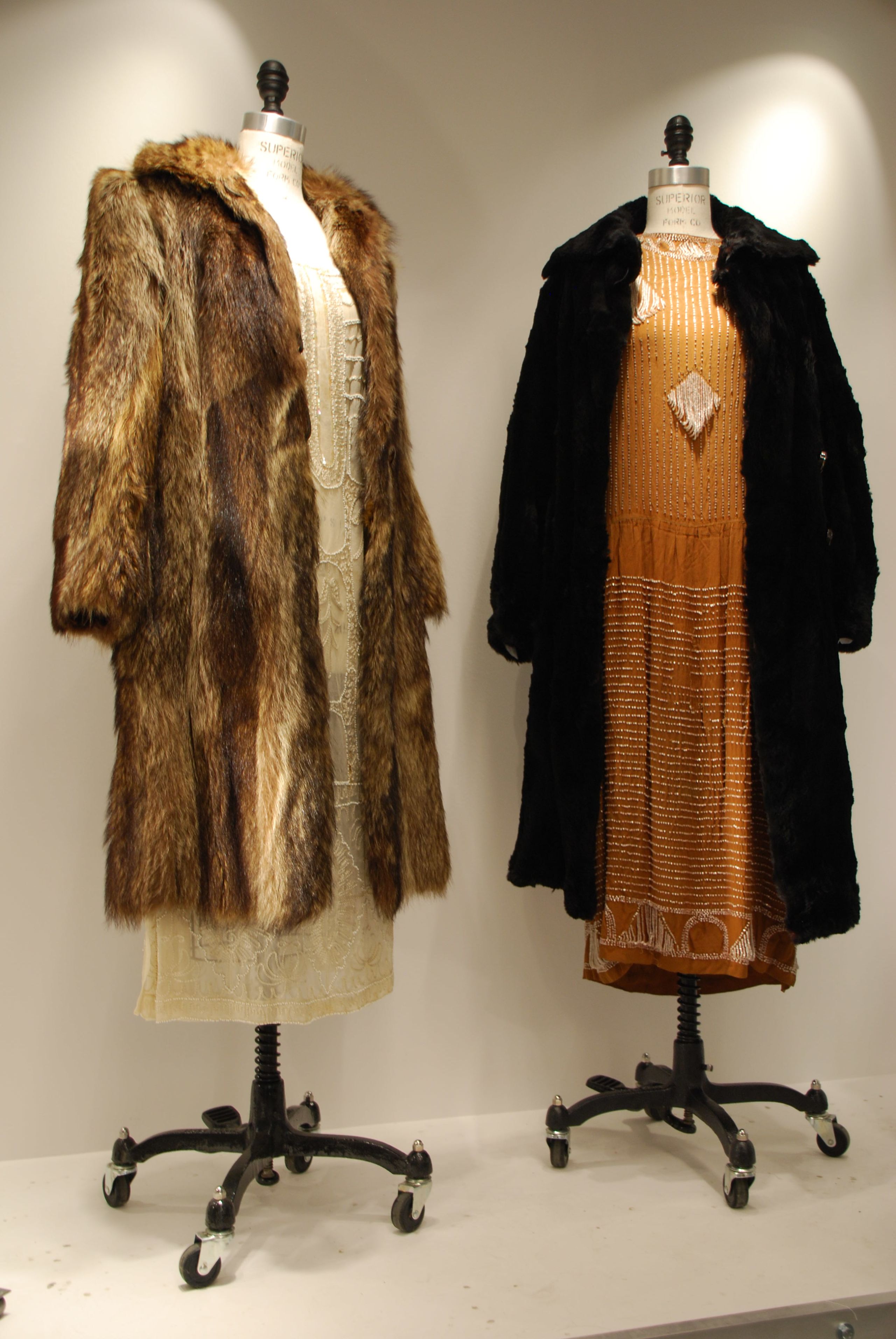
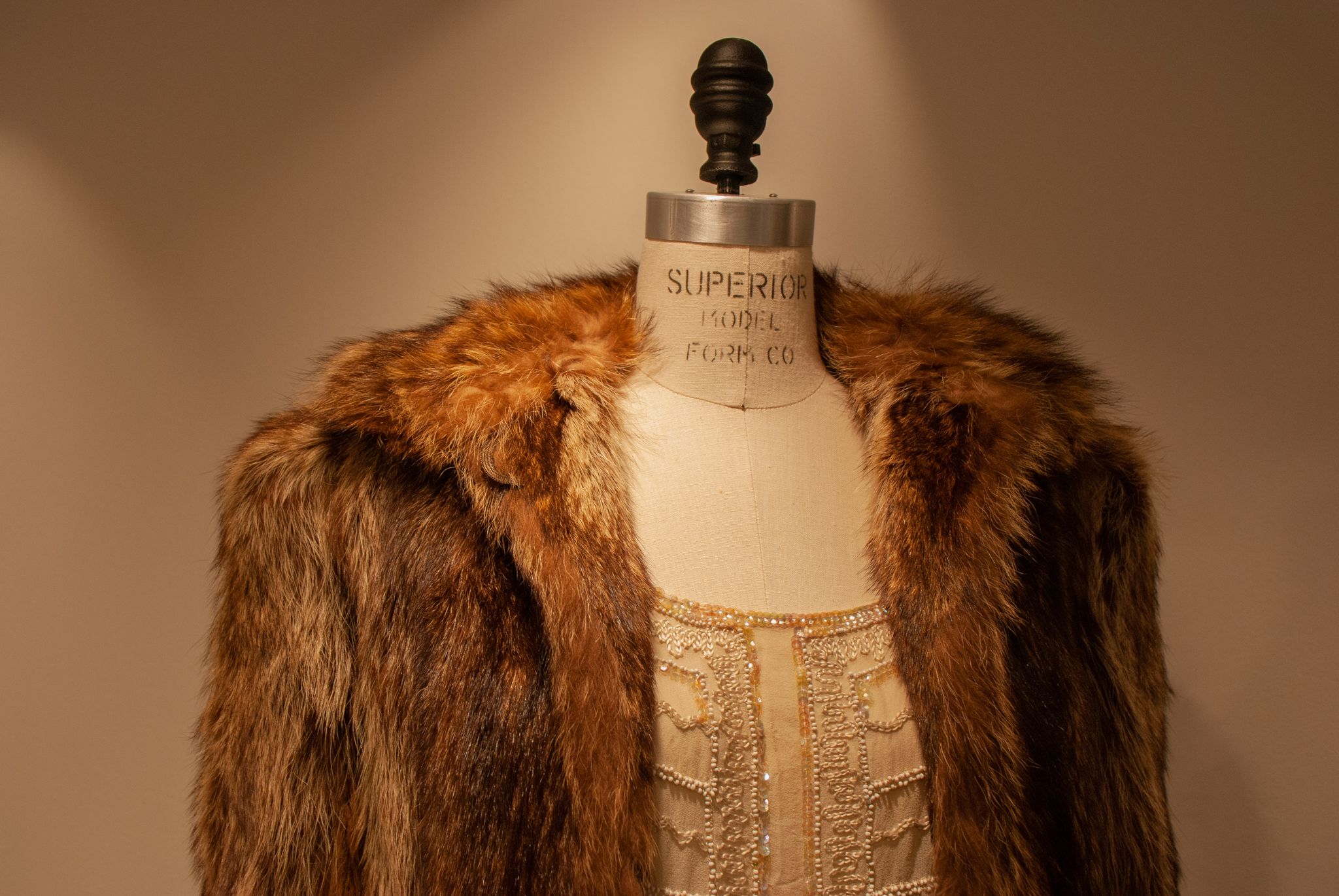

The coat is from the '20s and is most likely made of beaver fur.
The coat is from the '20s and is most likely made of beaver fur.

Beaded dresses designed with a tubular silhouette were popular in the '20s.
Beaded dresses designed with a tubular silhouette were popular in the '20s.

The coat is from the '20s and is made of raccoon fur.
The coat is from the '20s and is made of raccoon fur.
One of the more unique pieces in the collection is a fur coat made from the fur of a monkey, said Bailey.
“Coats were really big in the ‘20s,” said Bailey. “Definitely a way that you showed who you were and what you have.”
The display set up by Solis and Olmos also includes a coat made from raccoon fur and another out of what they believe is beaver fur. Many donated pieces are missing the tags, so there is no way to indicate the exact era the piece came from or what it is made of.
Solis said they rely on their knowledge of fashion to determine what era unlabeled pieces came from. They look at the fabric, construction details and trends of the era to determine this.
The ‘20s was also the start of people buying their own cars. It was popular for people to joy ride with their windows down. In the winter, women would sport their fur coats as a sign of wealth.
While fashion trends and staples for the current decade of the ‘20s have not been fully defined yet, Bailey said fashion trends could depend on how politics play out in the coming months. “Generally, I think when we come out of a really turbulent time and we're looking for everybody kind of having a more equal playing field, then we tend to wear stuff that's more similar [to the fashion of the 1920’s],” she said.
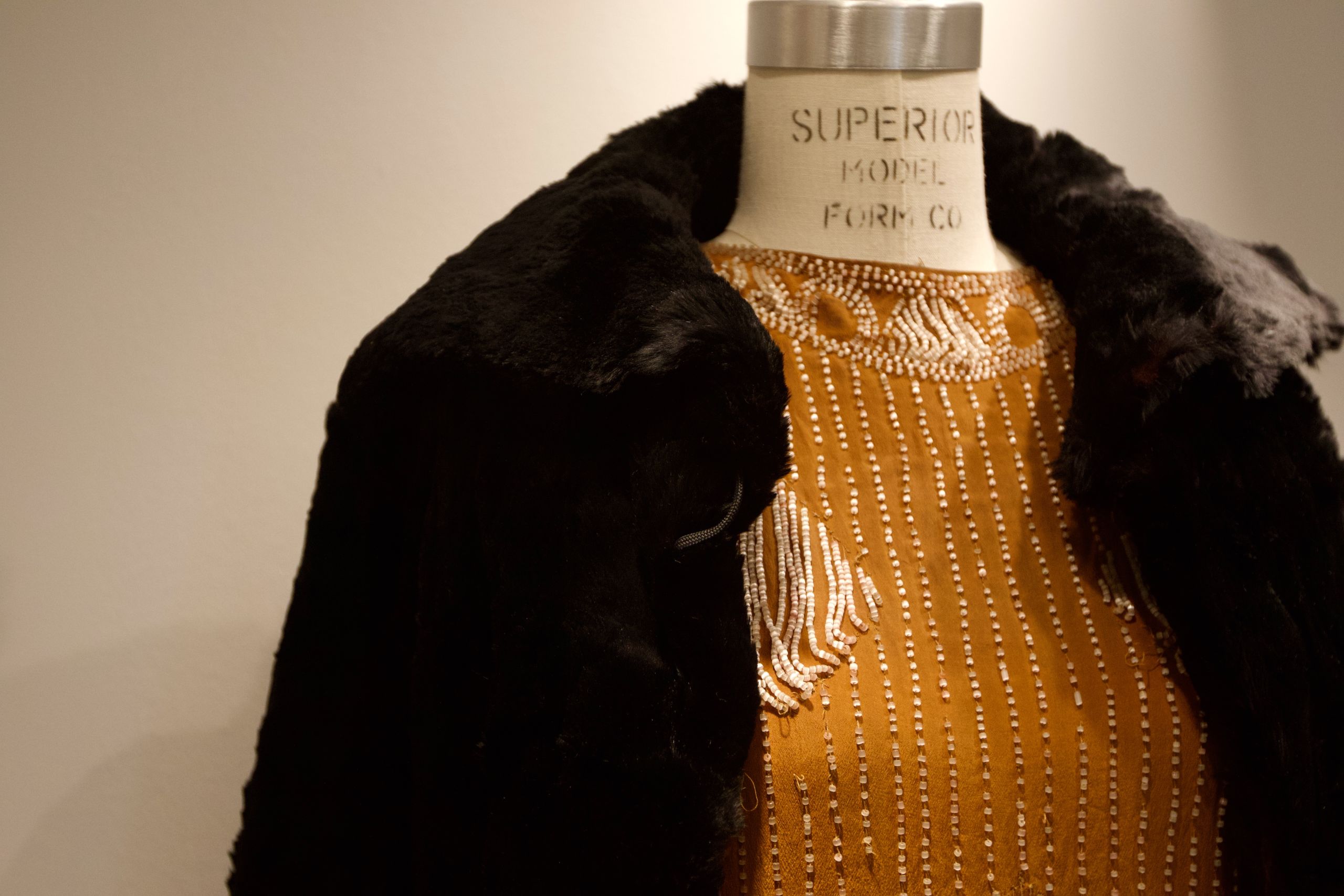
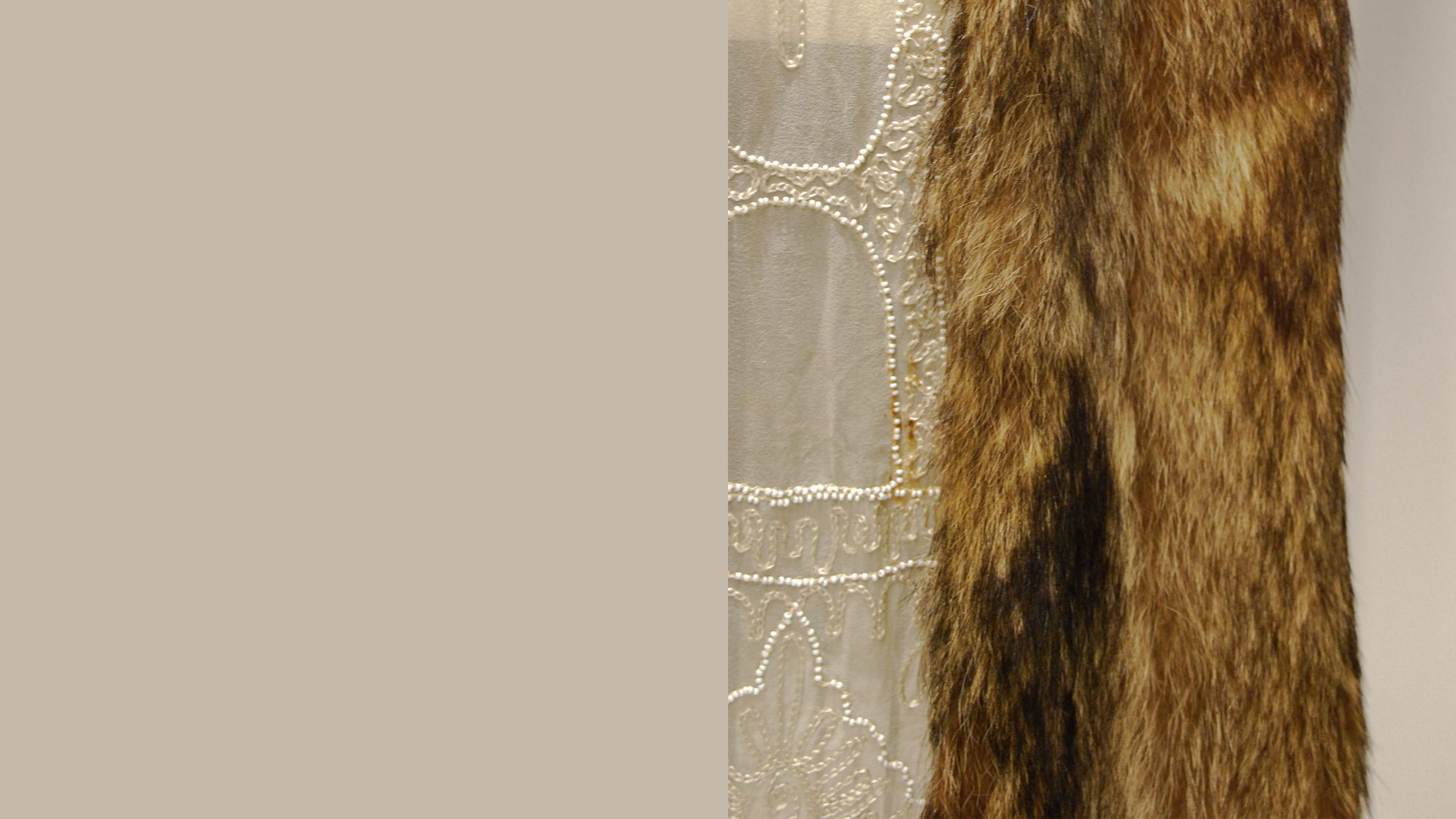
'20's Glitz & Glam: sequins, fringe and accessories
The display showcases the tubular silhouette and a popular accessory of the time hats. The tubular silhouette was popular in the ‘20s as women shifted away from wearing restrictive clothes and corsets and began to embrace the loose, free flowing silhouette. Additionally, with almost every outfit, women would wear an elaborate accessory on their head, said Solis.
“We’re kind of in the fourth wave of the women’s movement,” said Olmos.
Women in the 1920s began to break away from tradition by embracing the tubular silhouette and wearing shorter dresses. Similarly, today, women are not trying to fit into what society deems as the "ideal body type," Olmos said.
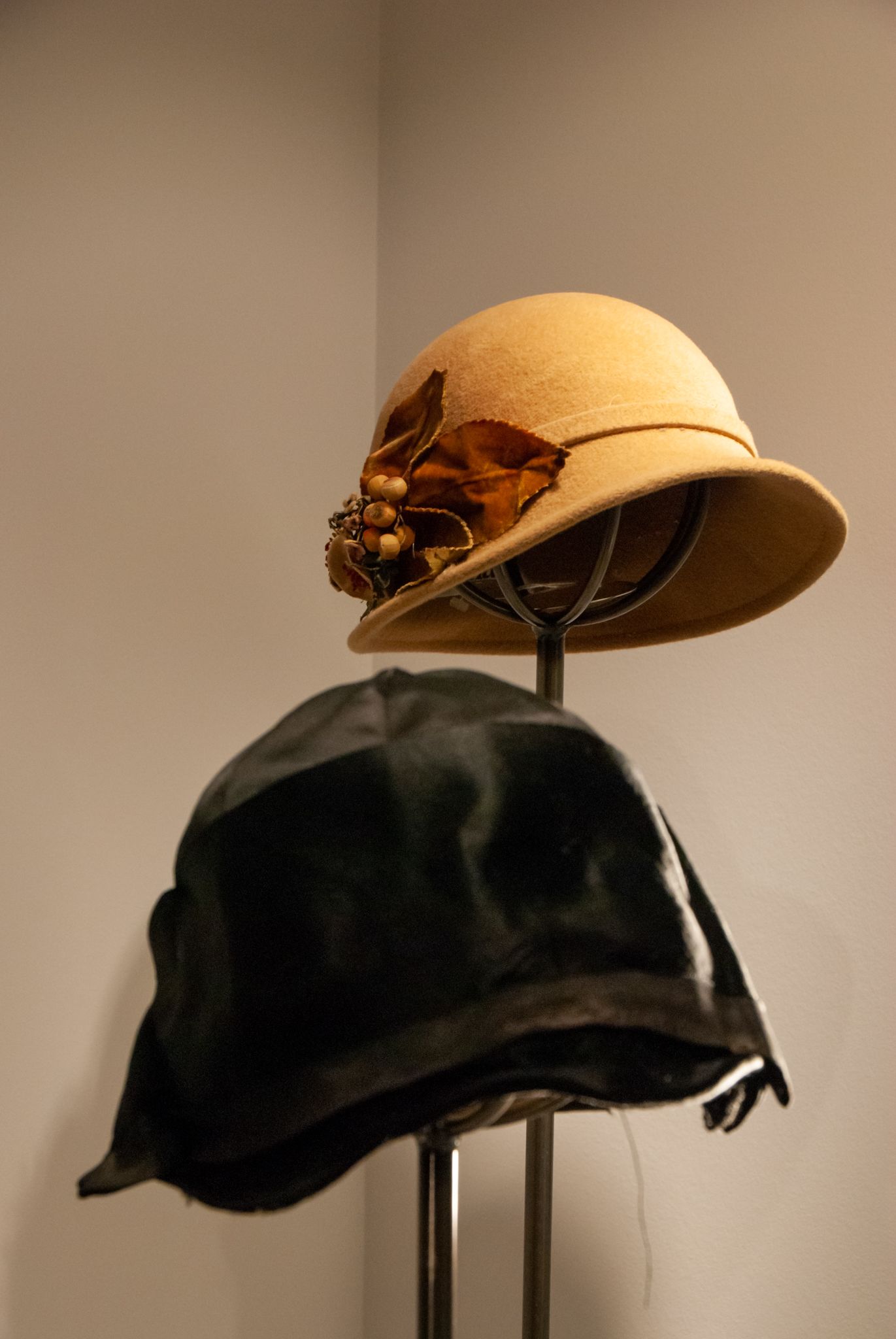

Bright sequins and bedazzled dresses were also common in the ‘20s. Along with fur coats, sequined dresses were a way to show wealth.
Even though the rhinestones and glitzy clothes are not as popular today, people are interested in more luxury items that show their wealth and status, said Olmos. Many clothes today are made with visible logos that help people make their fashion statement. This trend, “Logomania,” is comparable to the way people used fashion to show their status in the 1920s.

